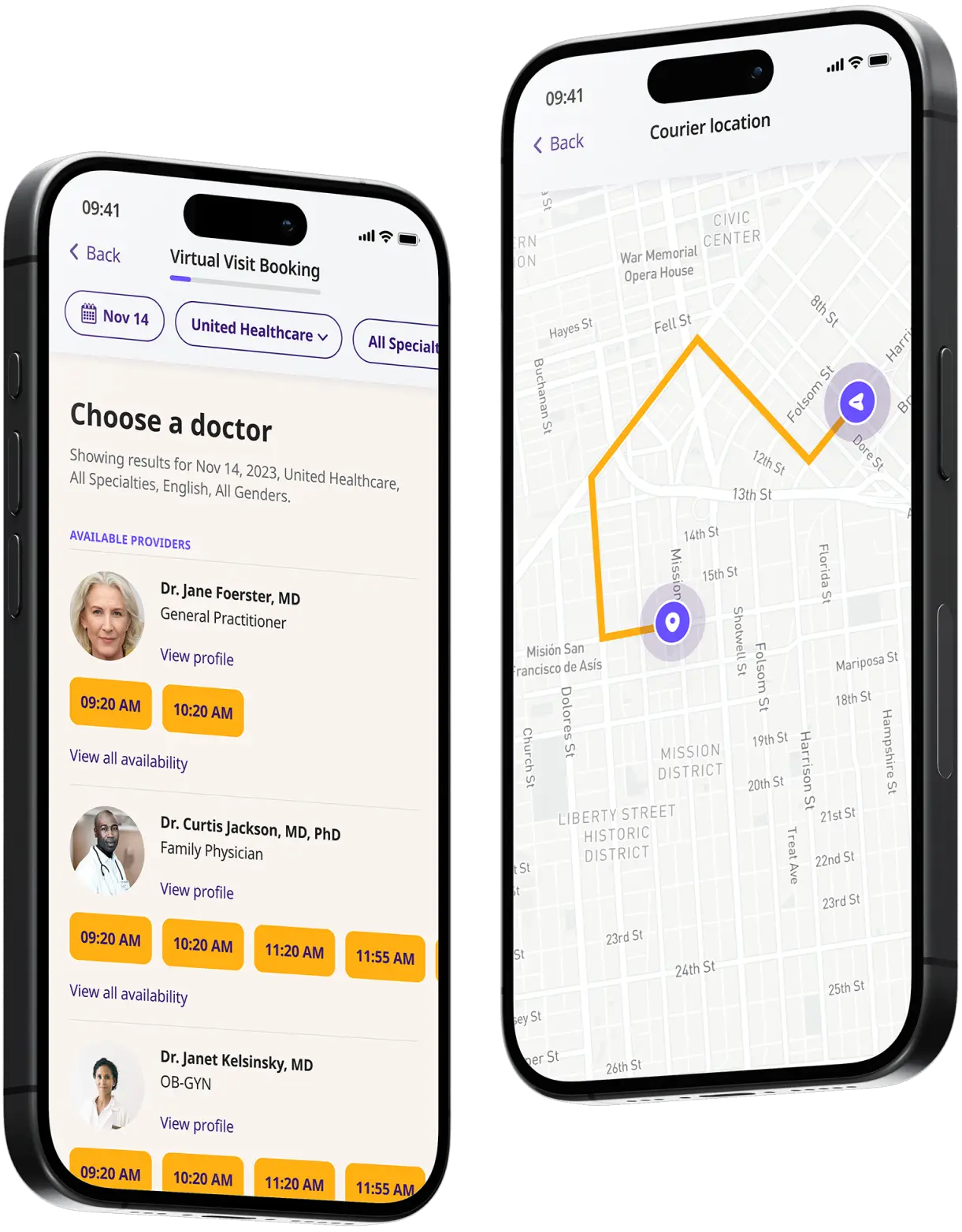Get a Cefdinir Prescription Online
Get a prescription for cefdinir now! Our doctors are available 24/7 in all 50 states.
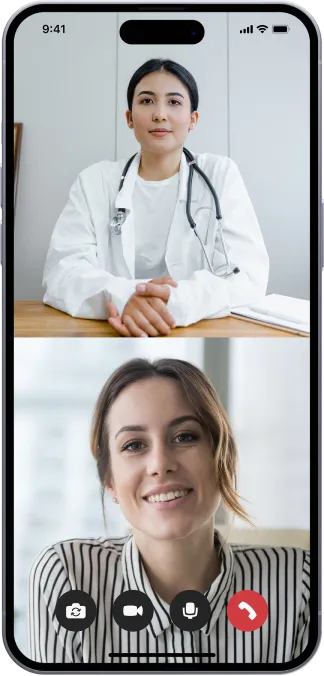
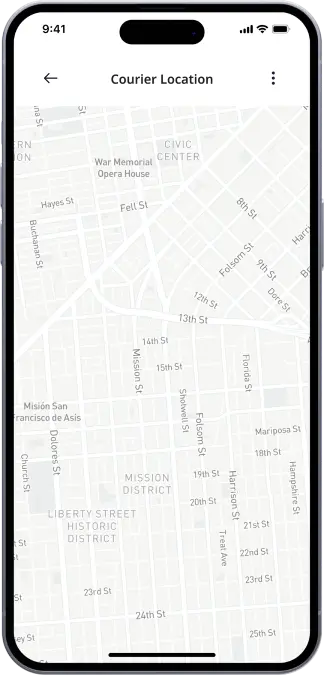
Available in 50 states. Insurance accepted.
Fast
virtual visits
24/7 care
assistants
Prescriptions
as needed



See If Delivery Is Available Near You
Delivery Not Available
Enter your ZIP code to check if prescription delivery is available in your area and how soon your meds could arrive.
How to get started
Choose your doctor, start a virtual visit, and have your prescriptions sent to your preferred pharmacy for pickup — all in just a few easy steps.
Choose a doctor
Choose a physician by availability, specialty, ratings, and more.

Start a video call
Get connected with a doctor anytime, anywhere.
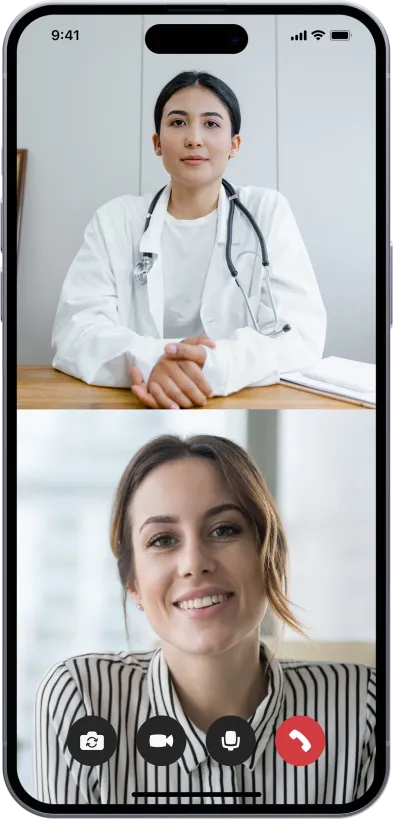
1-Hour Rx Delivery
Your prescription delivered to your door in 1 hour or less.
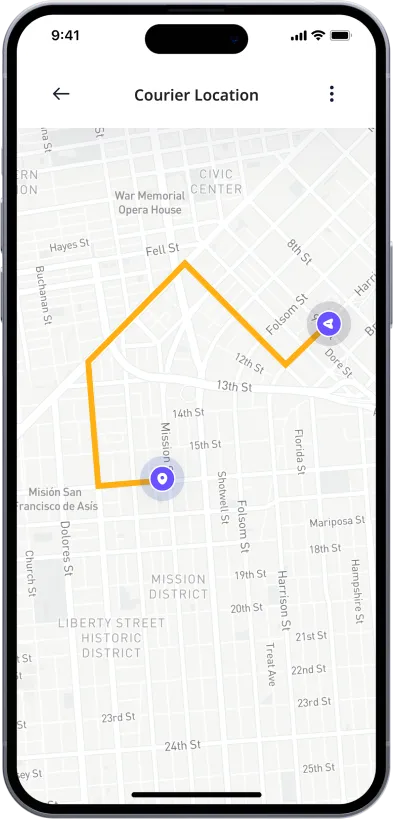
Available in 50 states. Insurance accepted.
One-Time
Physician Visit
One-time visit with a physician for diagnosis, treatment, Rx, labs, referrals, and doctor’s notes.
Accepted Insurances
See why people turn to DrHouse...
As seen in

Cefdinir (Omnicef)
Cefdinir is an antibiotic prescribed to treat bacterial infections. It belongs to the cephalosporin class of antibiotics.
The brand name of cefdinir is Omnicef, and it is available as an oral capsule or liquid.
Cefdinir is considered a broad-spectrum antibiotic, which means it is effective against a range of gram-positive and gram-negative bacteria. Broad-spectrum antibiotics are useful in cases where doctors are unsure of the specific bacteria causing the infection, or when they suspect that the infection is from multiple strains of bacteria.
How Does Cefdinir Work?
As a cephalosporin, cefdinir works by binding to a protein in the bacteria through its beta-lactam rings. Once attached, cefdinir inhibits the regular activity of the bacteria and prevents it from creating a cell wall.
The cell wall is the structure surrounding the bacteria that keeps it contained. When the cell wall cannot be created, the pressure inside the cell builds until the membrane bursts and the bacteria dies.
What Is Cefdinir Used For?
Cefdinir is prescribed to treat bacterial infections such as:
- pneumonia
- otitis media
- sinusitis
- bronchitis
- tonsillitis
- pharyngitis
- skin or soft tissue infection
How To Take Cefdinir?
When you are prescribed cefdinir, following all directions on the prescription label, including the dosage amount and schedule, is crucial. Cefdinir should also only be taken by the person it is prescribed to and for the condition for which it was prescribed. This ensures that it is taken only when it is needed.
The dosage amount of cefdinir will vary based on your age, the type and severity of the illness, and how well your body reacts to the medication.
Cefdinir may be taken with or without food. If you notice an upset stomach while taking cefdinir, taking it with food may help mitigate this symptom. However, while taking cefdinir, avoid antacids or other mineral supplements containing magnesium, aluminum, or iron within two hours before or after taking cefdinir. These supplements can make it harder for the body to absorb cefdinir, making it less effective.
Those taking the liquid suspension must shake the liquid before measuring out a dose. Use a dosing syringe or medicine dose-measuring device to ensure you take the correct amount of medication.
If you miss a dose of cefdinir, take it as soon as you can. However, skip the missed dose if it is almost time for the next dose––do not take two doses at once.
It is important to continue taking cefdinir for your entire prescription length, even if you begin to feel better. It is common for symptoms to improve before the infection is completely cleared, and discontinuing your medication before the prescription is complete increases the risk of a repeat infection or of a more severe illness developing.
Cefdinir may affect the results of certain medical tests, so if you see any doctors while taking cefdinir, inform them of this addition to your medication.
In the United States, Cefdinir is available under the following brand names:
- Omnicef Omni-Pac
- Omnicef
Common side effects associated with Cefdinir may include:
- Vaginal itching or discharge
- Nausea
- Vomiting
- Diarrhea
- Stomach pain
- Rash
- Headache
More serious side effects which should be reported to your healthcare provider immediately may include:
- Pale skin, unusual bleeding, easy bruising
- Severe stomach pain
- Watery or bloody diarrhea
- Seizures
- Fever
- Dark colors urine
- Jaundice
- Confusion
- Kidney problems (swelling in the feet or ankles, little or no urination, feeling tired or short of breath)
Some people may also be allergic to cefdinir. Get medical attention immediately if you have difficulty breathing, hives, or swelling in the face or throat. Cefdinir can also cause a severe skin reaction with symptoms that include skin pain, sore throat, burning eyes, and purple or red skin rash with peeling and blistering. Again, seek immediate help if you have any of these symptoms.
The above lists of possible side effects associated with Cefdinir are not exhaustive and other side effects may occur. If you experience any severe or persistent side effects while taking Cefdinir, it is important to contact your healthcare provider right away.
Frequently Asked Questions About Cefdinir
Do You Need a Prescription for Cefdinir?
Yes, Cefdinir is a prescription antibiotic and it is not available for purchase over the counter. This medication requires a valid prescription from a licensed healthcare provider.
Can You Get an Online Prescription for Cefdinir from DrHouse?
Yes, DrHouse offers online prescriptions for Cefdinir. Our licensed healthcare providers can assess your condition and provide you with a prescription for Cefdinir if appropriate.
For more detailed information about cefdinir, you can refer to the following sources:
Related services
Explore more of our services tailored to your needs and discover additional ways we can support your healthcare needs.
Frequently asked questions



